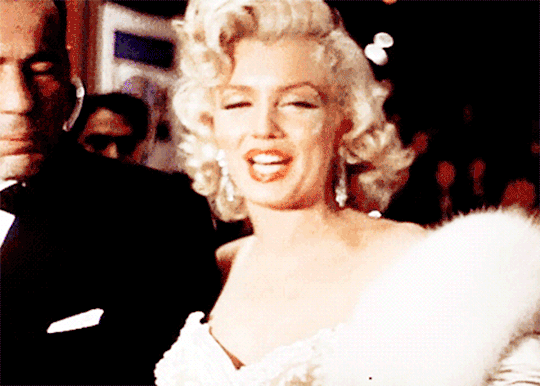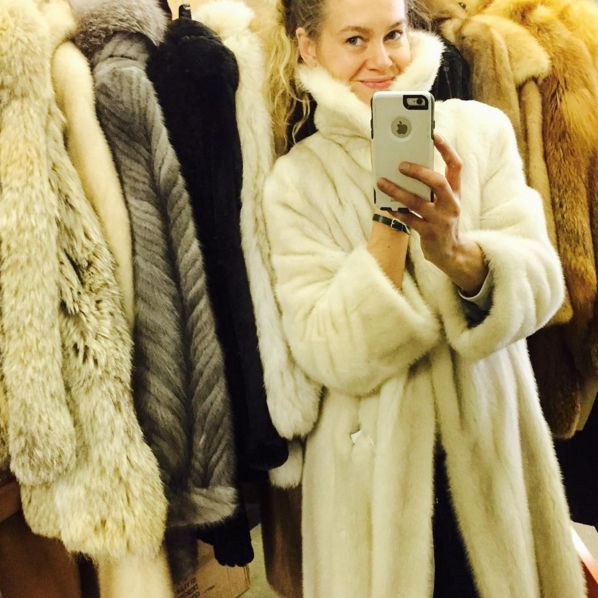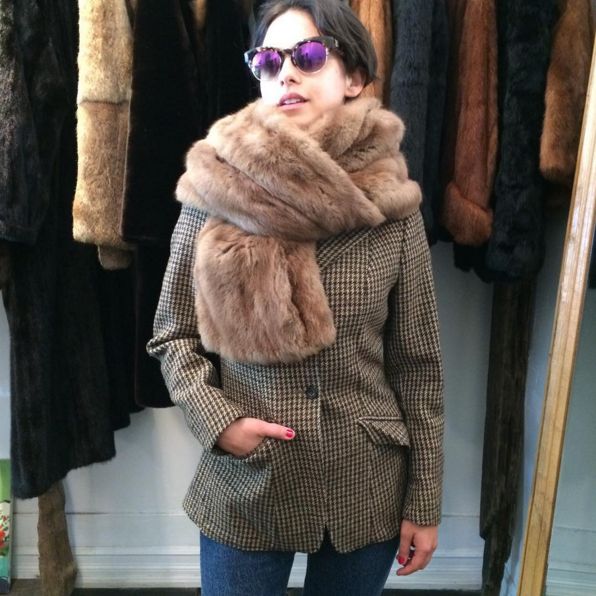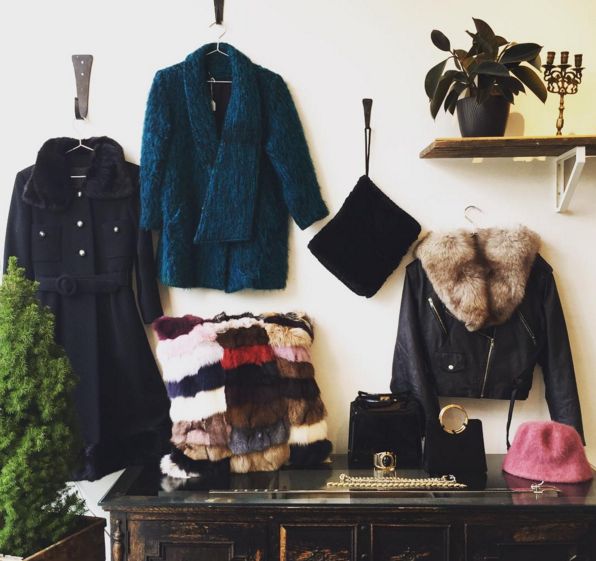by Simone Olivero for Yahoo Style Jan 22, 2016

"Condition is always the first concern. A quality fur will be supple, it won’t shed, it should be shiny and healthy and shouldn’t show signs of age by having weak seams or tears." Kealan Sullivan. 69 Vintage
When the mercury drops it’s natural to gravitate towards the cozy. If you’ve been thinking about buying a fur but don’t know where to start, we chatted with Kealan Sullivan, owner of Toronto’s 69 Vintage, to get some tips on how to pick the perfect second-hand pelt.
What should you keep in mind when buying a fur?
Consider your budget and understand that a good sturdy fur with lots of life in it will cost more – you get what you pay for. Purchasing a fur at a reputable fur dealer, quality vintage or resale shop will be a better approach than buying a piece online because you can touch and feel the piece. Touching and feeling is really the only way to determine the quality and condition of the item. Just because it’s been “barely worn” and is “like new” with no holes or stains doesn’t mean the fur is in good condition.
If you buy a fur at a thrift store, bazaar, flea market or garage sale, you might get lucky, but be prepared to lose your dollar if you’re new to buying fur.
What are some qualities you should look for?
Condition is always the first concern. A quality fur will be supple, it won’t shed, it should be shiny and healthy and shouldn’t show signs of age by having weak seams or tears. Though fur will discolour over time, it may still be wearable and therefore considered in “fine” condition.

Sullivan surrounded by second hand furs in her Queen Street West shop. (Instagram/69_vintage)
How do you know what’s good quality?
My test is to shake the fur. It shouldn’t make a sound like you are shaking something made of paper or plastic. That’s the sound of a brittle, dried skin. Most fur will not shed unless it is dried out – some exceptions are rabbit or other fluffy furs like fox and coyote, which may let a few loose hairs fly. If a lot of hair flies then the fur probably isn’t healthy.
With a shorter hair fur like mink or sheared beaver, it can be more difficult to tell so you should use caution when opting for these kinds of fur. Take note of the matting down (wearing down) of the fur around the collar, cuff, pockets and closures as these are signs of age and use. It may be that the fur is still healthy but the price should reflect the wear.
How much should I pay for a fur?
Rates really range depending on quality, but on average, furs in excellent condition should fall within these ranges:
Hat: $40-$150
Collar (small): $50 - $100
Collar (large): $150-$300
Vest: $200-$500
Jacket: $200-$500
Coat: $300-$1000

(Instagram/69_vintage)
What about smell?
Fur may smell depending on how and where it’s been stored. It may also smell because of the type of treatment or type of skin used. If it smells musty or mildewy it may be that the skin itself has been exposed to moisture or that it was stored in a room among other mildewy items. It’s important to find out if the smell is in the skin or on the surface as a result of the environment in which it is found or most recently stored.
Any cleaning tips?
A quality furrier uses an old method that cleans with steam and sawdust. It’s recommended that you clean your fur professionally, which can get expensive but it’s worth it.
If you’re just worried about dust, bacteria or critters – depending on where you found the fur, this can be an issue – a day in the freezer and a couple of days in the sunshine followed by a good brushing with a soft brush will refresh your fur.

(Instagram/69_vintage)
I’m a fur first-timer. Any tips?
The best way to introduce fur into your wardrobe is to take the time to try all of the options available to you at local furriers, resale shops and vintage stores – all of which sell upcycled fur fashions. You should decide if you’re looking to wear the piece casually, whether you want something very practical or something to dress up. If you may plan to wear the piece for driving, at work or at a party, you might want to go for a lighter fur.
Have fun and pay attention to images that you are drawn to and show those to the sales staff so they can help. There are no rules to wearing fur other than ensuring you are comfortable and that you respect and care for the fur so it can be passed on and loved time and time again.
I’ve found a fur I love but it’s not in the best condition. What can I do?
If the skin is weak, dry or damaged you’ll be disappointed to learn that there is nothing that can be done and most furriers will not be able to clean, repair or alter the piece. But, if you still love it, you can always renew it on your own with new buttons or a new lining, which will cost around $100, on average.
What do I do with it in the summer?
The best way to keep a fur healthy and beautiful forever is to store it professionally during the spring and summer months – most companies will pick it up, store it and deliver it back to you for a very reasonable fee. If that is not an option, fur should be stored in a place where it can breathe and where the temperature and humidity doesn’t fluctuate. Fur should never be stored in an overly dry or damp place. It should never be squashed in a closet or kept in a pile. Whatever you do, do not put your fur in a plastic cover, dry cleaner bag, garment bag or in plastic storage container.
ORIGINAL ARTICLE: https://ca.style.yahoo.com/post/137816154835/a-guide-to-buying-vintage-fur
